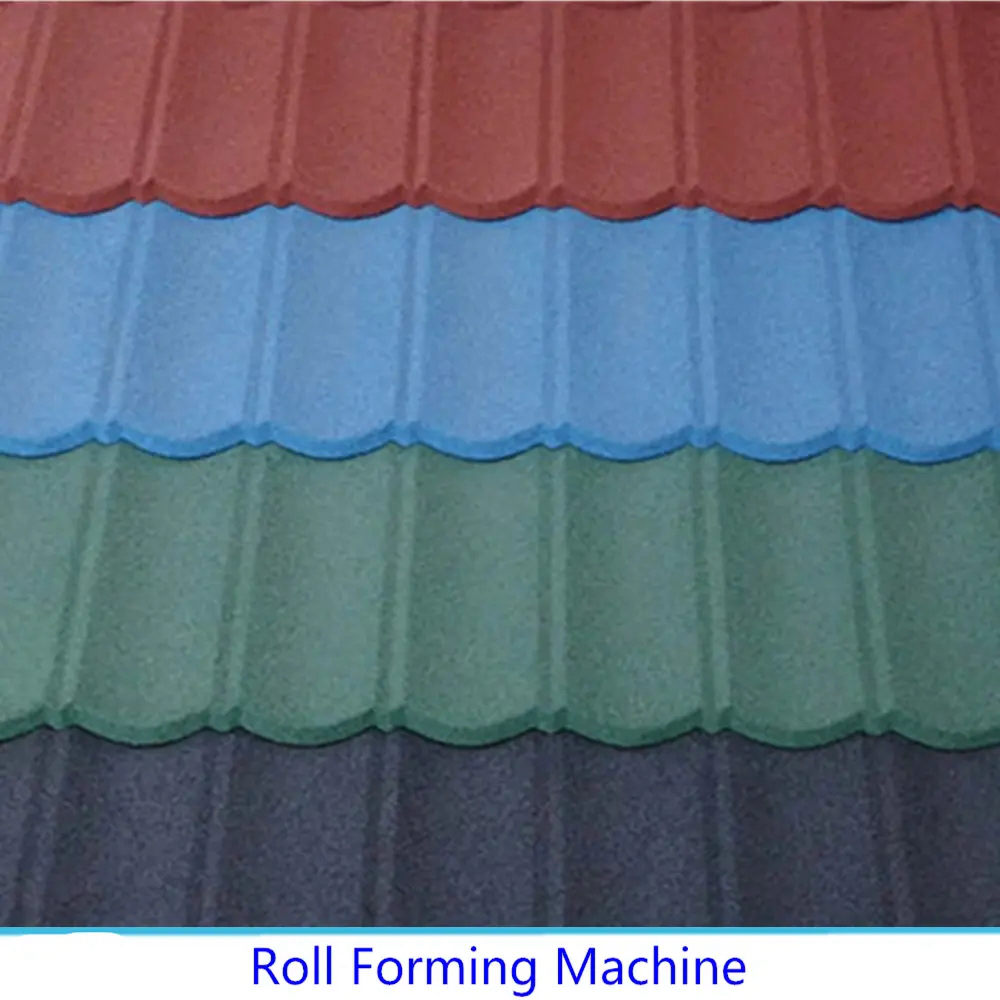
The Importance of Metal Ceiling Systems and Associated Roll Forming Machines
In the construction industry, metal ceiling systems are increasingly becoming the preferred choice for architects, builders, and interior designers. Among the various components that make up these systems, the ceiling studs, tracks, C channels, main channels, and wall angles play critical roles in not only the structural integrity of ceilings but also in aesthetics and acoustic performance. The roll forming machines used to manufacture these components are essential for producing tailored solutions that meet specific project needs.
Overview of Metal Ceiling Systems
Metal ceilings offer numerous advantages over traditional materials such as gypsum board. They are known for their durability, ease of maintenance, and fire resistance. Metal ceilings are also less prone to warping, which can often be an issue with drywall in environments with significant humidity or temperature fluctuations. They can also be designed to enhance acoustics, making them suitable for a range of applications, from commercial spaces to educational facilities.
Key Components of Metal Ceiling Systems
1. Ceiling Studs and Tracks Ceiling studs provide the framework for supporting ceiling panels, while tracks are used to anchor the studs securely to the structure. These elements must be precisely engineered to support the weight of the ceiling system while accommodating any additional fixtures, such as lighting or HVAC systems.
2. C Channels and Main Channels C channels serve as vertical supports, providing added strength to the ceiling system. Main channels are horizontal support structures that tie the system together, creating a grid pattern that is vital for aligning ceiling panels. Both components play significant roles in load distribution and ensuring the system’s overall stability.
3. Wall Angles Wall angles help to create a seamless junction where the ceiling meets the wall. They not only enhance the aesthetic finish but also provide support for the edges of the ceiling panels, preventing sagging and ensuring a clean line that is visually appealing.

The Role of Roll Forming Machines
The production of these critical components relies heavily on advanced manufacturing techniques, particularly roll forming. Roll forming machines are designed to produce metal profiles with unparalleled precision and efficiency. By feeding metal strips through a series of rollers, these machines shape the metal into desired profiles—such as C channels, tracks, and wall angles—while maintaining consistent dimensions and high tolerances.
Advantages of Using Roll Forming Machines
1. Customization Roll forming machines can be adjusted to create various profiles tailored to specific project requirements. This level of customization ensures that construction professionals receive components that meet their exact specifications, enhancing the overall quality of the installation.
2. Cost-Effectiveness The high-speed nature of roll forming allows for mass production of components, leading to cost savings that can be passed on to clients. This economy of scale makes metal ceiling systems more accessible for projects of all sizes.
3. Sustainability Metal is a recyclable material, and using roll forming technology minimizes waste by producing precise shapes that require fewer secondary operations. This sustainability factor appeals to environmentally conscious builders and clients alike.
Conclusion
The integration of metal ceiling systems with components such as studs, tracks, C channels, main channels, and wall angles represents a significant advancement in modern construction. The reliance on roll forming machines for producing these elements ensures that builders can achieve high-quality, tailored solutions that enhance both the functionality and aesthetics of spaces. As the demand for durable and efficient building materials continues to grow, the role of roll forming technology in the production of metal ceiling components will undoubtedly expand, shaping the future of construction.